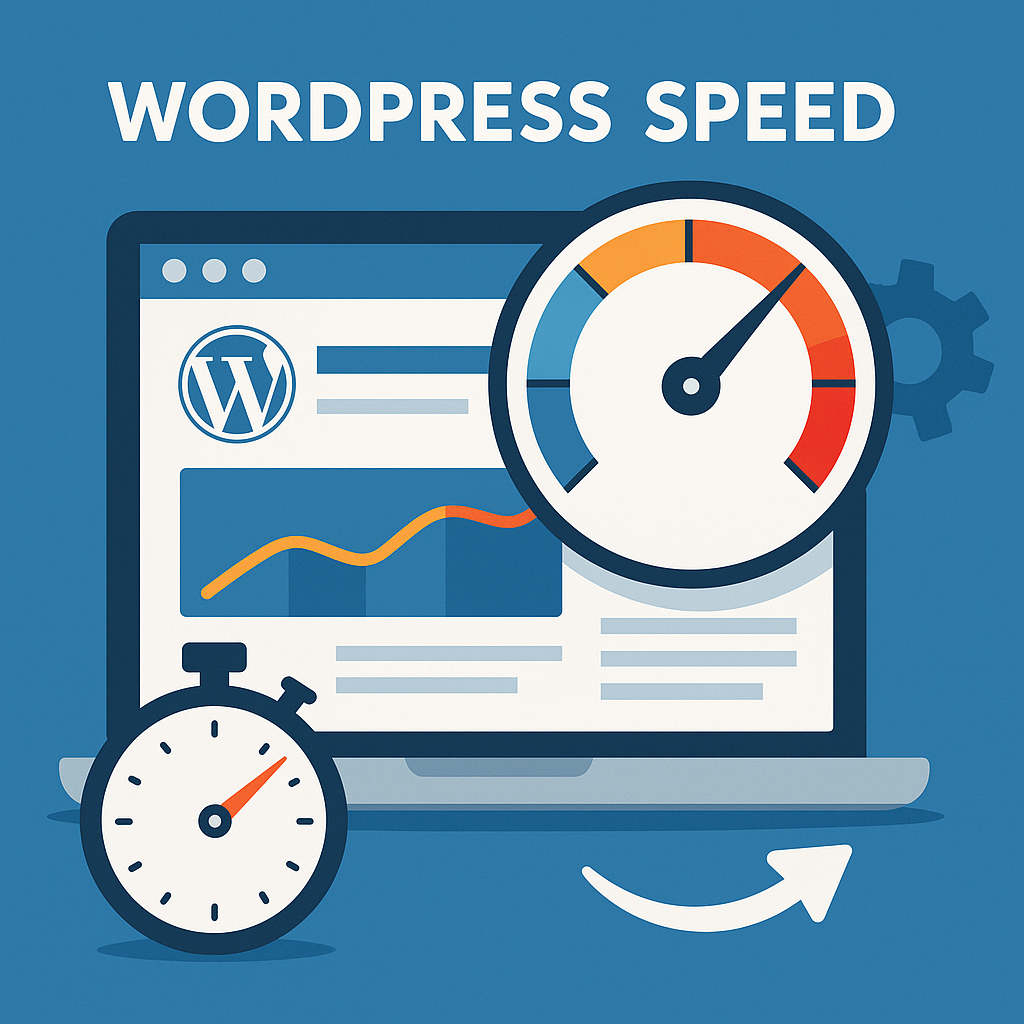In the digital age, patience is wearing thin. As users, we expect instant access to information, services, and products. In this context, website performance — particularly speed — has become a crucial factor in shaping user experience. Whether you’re running an e-commerce site, a news portal, or a company homepage, if your site is slow to load, you’re likely losing visitors before they even see your content.
First Impressions Count
Website speed is often the first impression a user has of your brand. Studies show that users form an opinion about a website within 0.05 seconds, and if your site takes more than a couple of seconds to load, many visitors won’t wait around. A slow-loading site can come across as unprofessional or unreliable, potentially driving users straight to your competitors.
User Expectations and Behaviour
According to research by Google, 53% of mobile users abandon a site that takes longer than three seconds to load. In an era where mobile browsing has overtaken desktop, this statistic is more important than ever. Users expect speed, and they reward it with engagement, loyalty, and conversions.
Poor performance frustrates users. It leads to higher bounce rates, lower time on site, and decreased interaction. On the flip side, fast websites encourage users to explore more pages, spend more time reading content, and are more likely to lead to a conversion — whether that’s a sale, a sign-up, or a share.
SEO and Discoverability
Website speed also affects how easily people can find your site in the first place. Google uses page speed as a ranking factor in its search algorithm. That means slow sites are likely to rank lower in search results, reducing visibility and organic traffic. A fast, well-optimised website not only delights users but also pleases search engines.
Mobile Performance Is Crucial
With the majority of web traffic coming from mobile devices, optimising performance for mobile is no longer optional. Slow mobile experiences are even more frustrating due to variable network conditions and less powerful hardware. Tools like Google’s PageSpeed Insights can help diagnose issues and suggest improvements tailored for mobile users.
Practical Steps to Improve Speed
Improving website performance doesn’t always require a full rebuild. Here are a few practical steps:
- Optimise images: Compress and resize images without sacrificing quality.
- Minimise HTTP requests: Reduce the number of elements on each page.
- Use browser caching: Store some data locally to speed up repeat visits.
- Enable compression: Use Gzip or Brotli to reduce file sizes.
- Choose a fast, reliable host: A good hosting provider can make a significant difference.
Conclusion
Speed matters more than ever. A fast website creates a seamless, satisfying experience for users, supports your SEO efforts, and directly contributes to your business goals. In a world of endless digital choices, performance can be the edge that sets your website apart. Invest in speed — your users (and your bottom line) will thank you.








